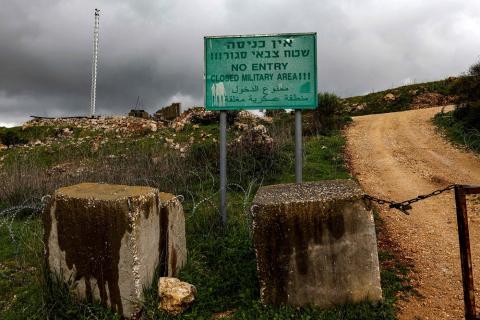
An explosives expert has said she believed that the bomb outside Liverpool Women’s Hospital was most likely a simple device made either using flash powder from fireworks or ammonium nitrate that malfunctioned.
Prof Jackie Akhavan, an explosive chemistry expert at Cranfield University, said: “This looks like a low-end terrorist-type attack, where it’s failed to work,” having studied CCTV video of the explosion. “It looks like a detonator went off, which broke windows in the car, but there was no sign of a blast wave you would get from a full bomb.”
A full explosion would have caused a supersonic shock wave, destroying the car and blowing out the windows of the hospital, while the taxi driver, who was able to escape, would have been fortunate to survive. “The hospital has a lucky escape, everybody nearby had a lucky escape,” Akhavan added.
The expert said that the clue that the device was either flash powder or ammonium nitrate based was the characteristic bright white smoke that shot out from the back of the taxi. It was most likely deliberately detonated as the car pulled up, Akhavan added, although it was possible that the detonator was accidentally triggered.
That would tally with the emerging thinking of investigators who increasingly believe that the hospital itself was the intended target, rather than a Remembrance Sunday parade taking place a few minutes away near Liverpool’s Anglican cathedral.
The professor added that after seeing the video of Sunday’s incident she thought there was “no chance” it would be TATP, an unstable explosive made easily from household products and has been used in Islamist attacks in the UK, such as at Manchester Arena in 2017.
“TATP is very sensitive to detonation,” Akhavan said, adding that she thought the device – thought to have been made by dead suspect Emad Al Swealmeen – had failed to properly explode.
Investigators are also understood be leaning away from the idea TATP was used on Sunday, although a source familiar with the investigation said they believed the device in the back of the car was nevertheless viable “because it made a big bang”. But no final forensic conclusion has been reached as inquiries continue.
Despite efforts to the contrary, it remains relatively easy to find bomb-making manuals online, particularly by searching on the dark web. However, it is not straightforward to make a bomb and the history of terrorism is littered with failures, a concept sometimes dubbed the Four Lions Factor – a reference to the 2010 black comedy film that features incompetent terrorists plotting an attack.
On many occasions deaths have been averted by such failures, including when shoe bomber Richard Reid tried to blow up an American Airlines flight in 2001. Hundreds of central London clubbers also narrowly escaped after two car bombs designed to be detonated by mobile phone failed to explode in 2008.
The Home Office regulates the supply of common explosive precursor chemicals – and businesses that sell and supply those found in household products, such as hydrogen peroxide, must report suspicious transactions, losses and thefts.












